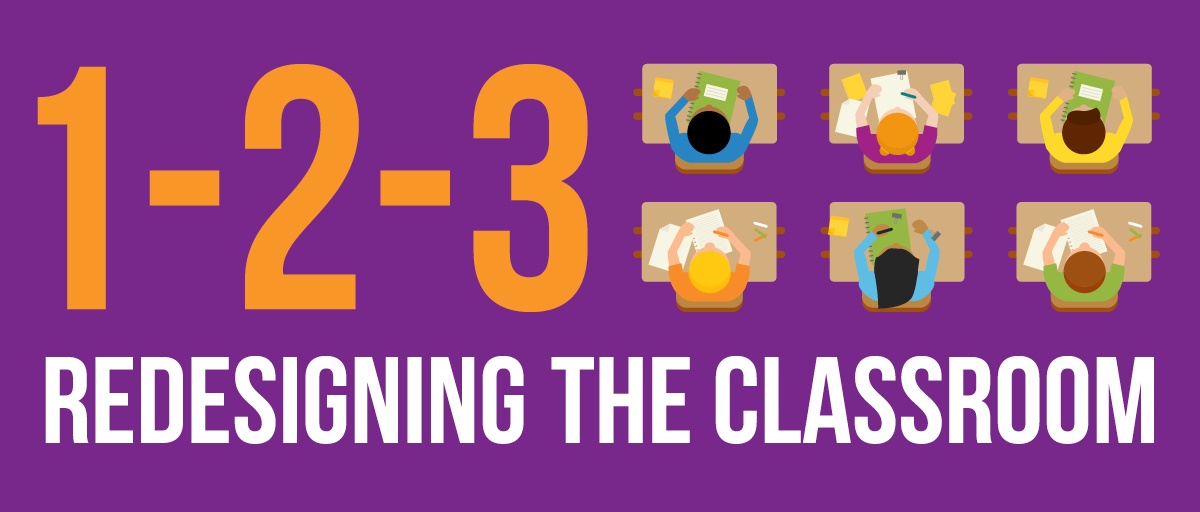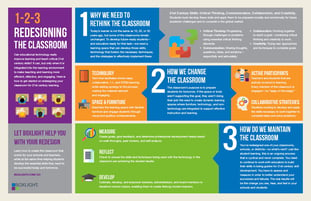
Can educational technology really improve learning and teach critical 21st century skills? It can, but only when it is integrated into the learning environment to make teaching and learning more efficient, effective, and engaging.
Here’s how to get started on redesigning your classroom for 21st century learning:
- Why We Need to Rethink the Classroom
Today’s learner is not the same as 10, 20, or 30 years ago, but some of the classrooms remain unchanged. To develop future-ready students—and educators ready for this task—we need a learning space that can develop those skills, technology that fosters the necessary techniques, and the strategies to effectively implement these.
Students must develop 21st century skills and apply them to be prepared socially and emotionally for future academic challenges and to compete in the global market. The skills they need to succeed are:
- Critical Thinking: Progressing through challenges or problems using essential critical thinking elements.
- Communication: Sharing thoughts, questions, ideas, and solutions—respectfully and articulately.
- Collaboration: Working together to reach a goal—combining critical thinking and creativity to work.
- Creativity: Trying new approaches and techniques to complete goals.
- How We Change the Classroom
The classroom’s purpose is to prepare students for tomorrow. If the space or tools aren’t supporting this goal, they aren’t doing their job! We need to create dynamic learning spaces where furniture, technology, and non-technology are integrated to support effective instruction and learning.
So, how do we accomplish this? By focusing on the following areas:
- Technology: Tech that facilitates whole-class, collaborative, 1:1, and STEM learning while adding synergy to the process, making the material relevant and engaging.
- Space and furniture: Maximize the learning space with flexible furniture and engage students through visual and auditory enhancements.
- Active participants: Teachers and students that are actively involved in learning. Every member of the classroom is engaged—no “sage on the stage.”
- Collaborative strategies: Students working to develop and apply the skills necessary to work together to complete tasks and solve problems.
- How Do We Maintain the Classroom?
You’ve redesigned one of your classrooms, schools, or districts—so what’s next? Just like student learning, this is an ongoing process that is cyclical and never complete.
You need to continue to work with educators to build their skills in being guides for 21st century skill development. You have to assess and measure in order to better understand your successes and failures. The real results will be the change you see, hear, and feel in your schools and students.
How can educators ensure that their classroom efforts are paying off?
- Measure: Create goals, give feedback, and determine professional development needs based on walk-throughs, peer reviews, and self-analysis.
- Reflect: Check to ensure the skills and techniques being used with the technology in the classroom are achieving the desired results.
- Develop: Cultivate, develop, and empower teachers, administrators, and board members to transform school culture, enabling them to create lifelong modern learners.
Download our newest infographic to keep this information handy! With the right guidance, it’s as easy as 1-2-3 to create the classroom that works for your schools and teachers, while at the same time helping students develop the essential skills they need to be successful today and tomorrow.




